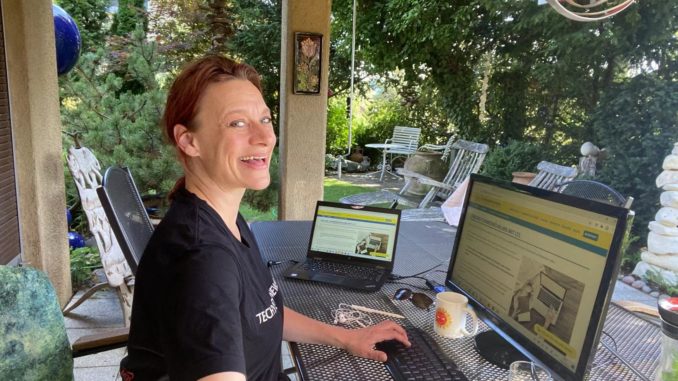
Claudia Masueger of CHEERS wine shop chain in China has been stuck in the wild–the Swiss alps!–for most of the past year. Grape Wall asked how she manages CHEERS from afar, what China wine trends she sees, and the bottle she will open first upon her return.
What consumer wine trends do we see since the COVID-19 crisis started?
The big change is the increase in home consumption. Wine became more of a pleasure, more of something to drink at home while relaxing.
The younger generation sought more inexpensive wines as it felt salary cuts during 2020. But there is another consumer group, one that was unable to travel abroad due to COVID-19 and instead spent on luxury goods, including higher-level wines.
In terms of home consumption, we found that easy drinkable wines were popular, such as Lambrusco or a light Pinot Noir. The requests for dry white and sparkling have increased and these wines are consumed during all seasons.
We also checked the ecommerce channel stats and discovered that Generation Z–born from 1997 to 2010–is preferring bottled fruity cocktails with a spirit base, including the local spirit baijiu. Those drinks are colorful and have lower alcohol levels than wine.
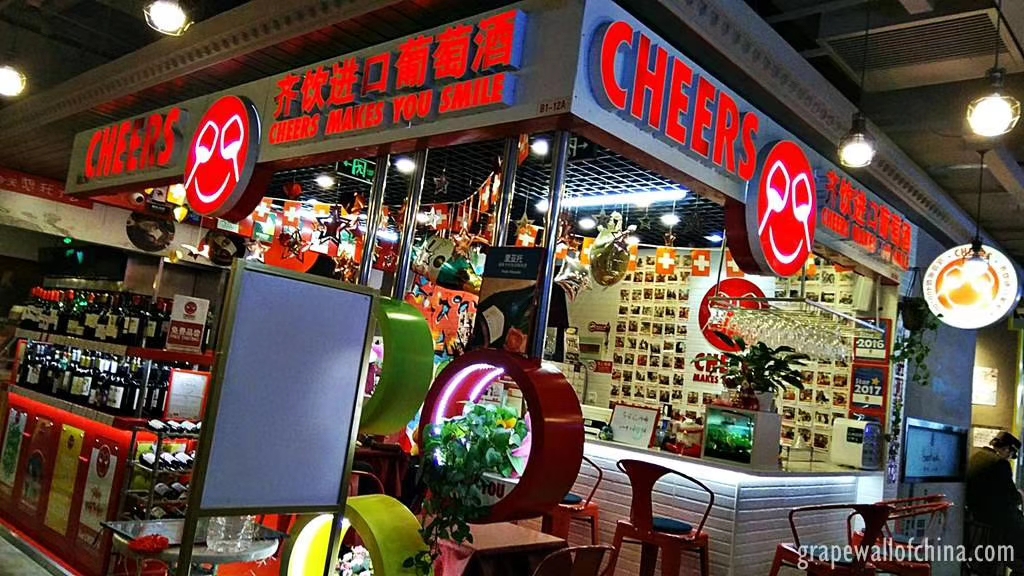
What trends do you see ahead, how are suppliers positioning themselves for Year of the Ox?
The sales channels are changing focus. Most orders come through a range of apps and are delivered from offline stores to end consumers. Online to offline.
The service level is high. Delivery is done within 20 minutes from store to home. On request, wines can be delivered chilled or with extra ice. And some owners sleep in their stores so 24-hour delivery can be guaranteed.
The market is the boss and the commitment is to serve customers on demand and fight strong competition. The increase in sales from [online] WaiMai channels is going up as fast as Bitcoin.
As a chain store, CHEERS has an advantage on those platforms as we can cover a city as a unified brand. But it requires constant observing and understanding and learning how to smartly use the algorithms and promotion tools of those platforms.
.
In terms of the wine itself, I see a demand for mid-range to low-priced wines and, it is a given, outstanding value. I also see an increased demand for high-end wines, but not so much the traditional selections of the past.
It should be something special for sophisticated and educated wine lovers, which have grown fast in numbers over the past few years, such as wine made from incredibly old vines or a hip pink Prosecco that tastes excellent.
Finally, the experimental cocktail category that targets younger drinkers–expect to see more ranges in all price categories and with all kinds of ingredients and colors.
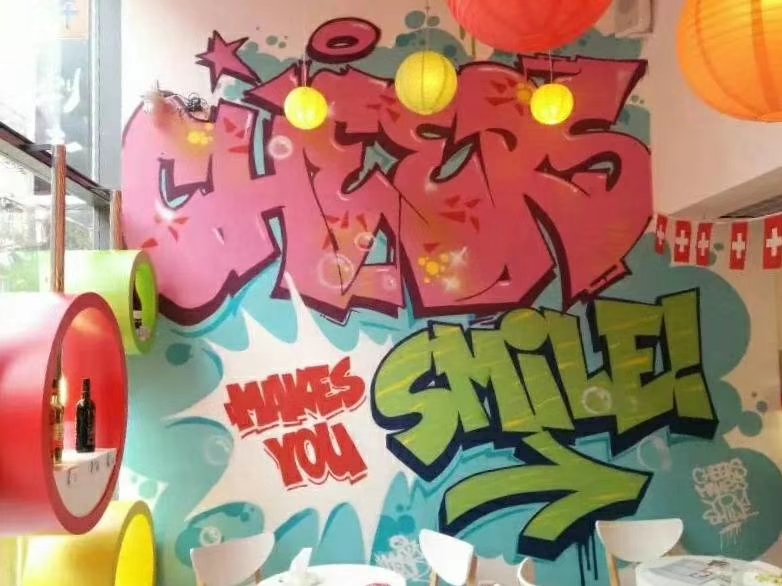
The China wine scene is still quite small, just one to two bottles per person per year. How to boost that?
We must go and flow with the market. Listen to consumers, observe changes and adapt fast! Stay creative, be flexible and deliver uniqueness and quality.
Value-for-money is top, with transparency and entertainment following. Livestreaming is a must. Why not do it more from vineyards or cellars directly to end consumers? Producers are more and more engaged since a younger generation took over the wineries.
One change within the Chinese market we have found since COVID-19 is that young Chinese like to cook and bake at home. We see a shift from ordering ready-made meals to ordering ingredients to prepare a meal–and enjoy it with a nice glass of wine. And if a big bottle is too much, small bottles are available, with demand for these increasing.
Mixing drinks at home also became more popular since the song Mojito by Jay Chou went viral last year. During the winter, we sold a package with instructions on how to make mulled wine. It was incredibly successful.
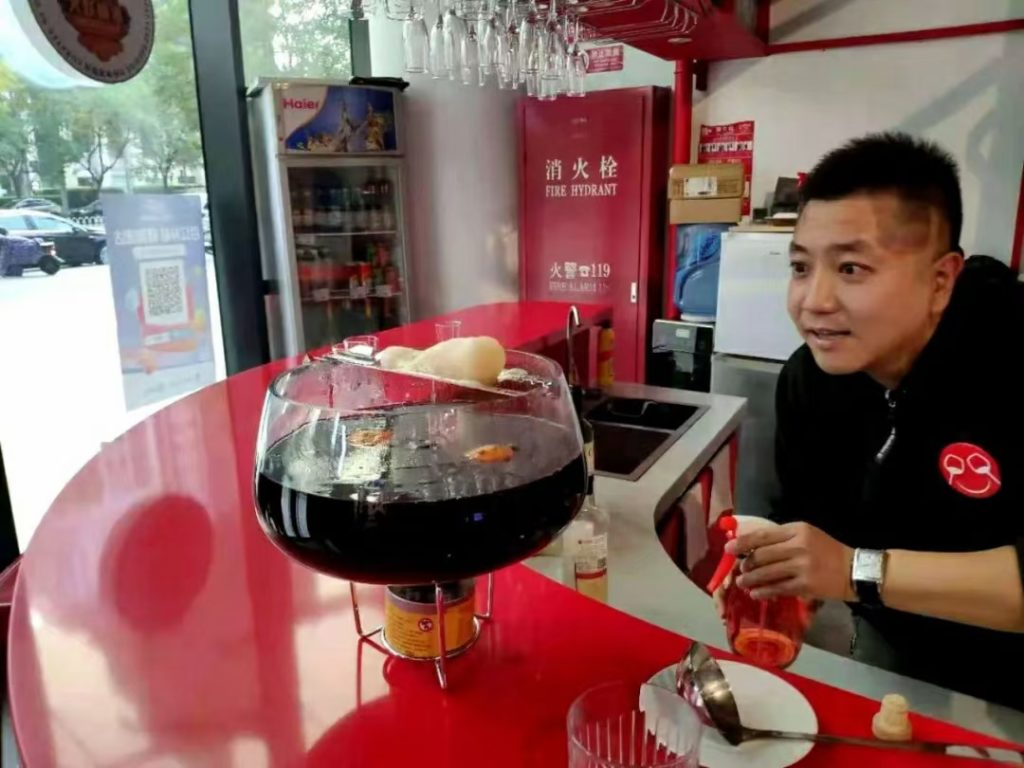
What’s it like running a wine shop chain from abroad?
At a certain moment, when the COVID-19 situation worsened in Europe, I decided to stay with my parents and take care of them.
But it is hard–I feel so distanced from my business. My number one priority is my team. They had to go through a very tough time, and pulled through, and it is incredible to see this passion and commitment from every single member.
The team was led by David Schaumann, who has been with CHEERS many years and was promoted to general manager. Without this outstanding team, I could not stay so long in Switzerland.
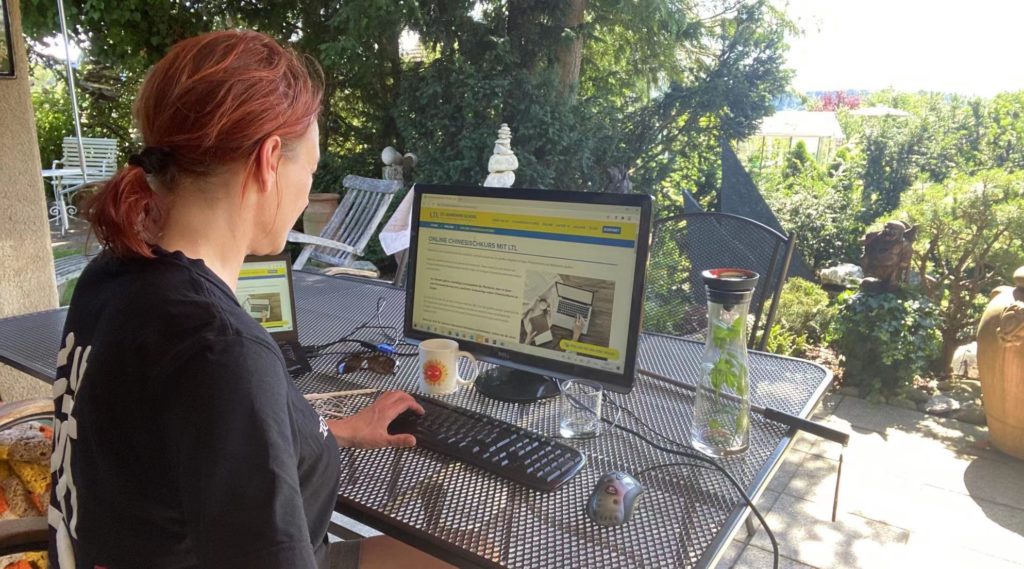
How do you keep in touch?
I wake up between 3 AM to 4 AM to be as close to Beijing time as possible. After a series of video calls to China, with all the craziness that comes with it, I find myself back in my childhood bedroom. Surreal but comfortable.
Then I get in touch with our suppliers, for which it was great I was in Europe.
The overall mission during the past year was to streamline the company, adapt where needed, seize new opportunities and focus on communication.
We lost a lot of franchise stores last year as the owners gave up too early. CHEERS was still in growth mode and we had our machine rolling when COVID brought everything to a halt. It was brutal at first and I had to let some people go who were dear to me. To manage that from a distance was the worst.
CHEERS has gone through many market changes and challenges over the few years. What I learned is that after every down, there is an up. If you follow one rule, it is never give up. Keep walking, keep trying and keep finding new ways, is the daily mantra.
Being far away from the operation has given me a chance to work on our strategic direction and we are now able to bring a bigger range of exclusive and outstanding wines to our customers. And I am profoundly grateful for all the support we have received in the past year–from our community, our partners and our friends.

You’ve been out of China for a year now. What is the first CHEERS wine you will drink upon your return?
I’m looking forward to tasting the Sauvignon Blanc from Springfield Estate, made near the South African town of Robertson, just a few hours from Cape Town. It will arrive in China around the end of March — I guess it will be there before me! This wine is sensational, and if you try it once, you never will forget it.
(A short version of this Q&AÂ appeared on CHEERS’ WeChat account here. Also see here for some other short posts I wrote.)
Grape Wall has no sponsors of advertisers: if you find the content and projects like World Marselan Day worthwhile, please help cover the costs via PayPal, WeChat or Alipay.
Sign up for the free Grape Wall newsletter here. Follow Grape Wall on LinkedIn, Instagram, Facebook and Twitter. And contact Grape Wall via grapewallofchina (at) gmail.com.

Leave a Reply
You must be logged in to post a comment.